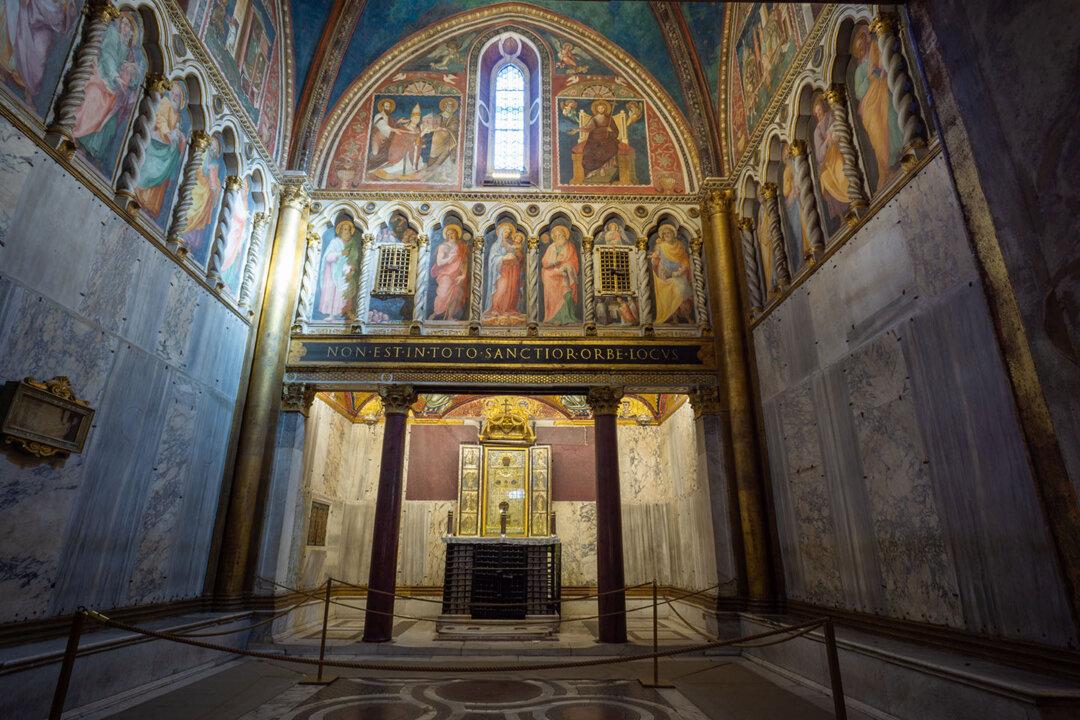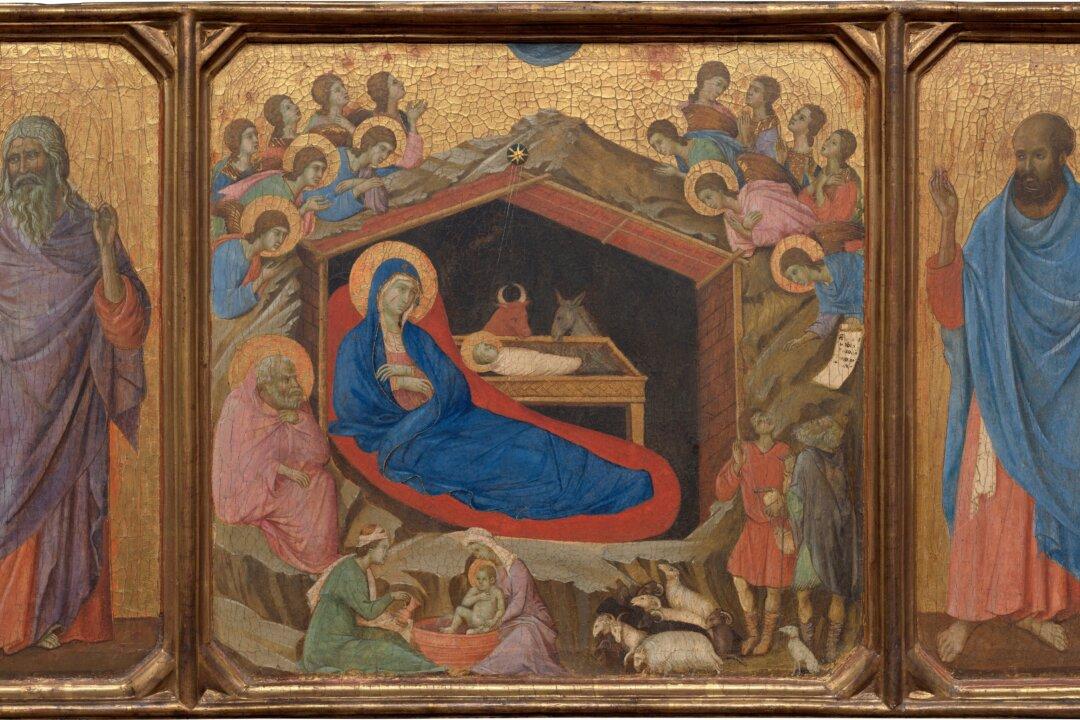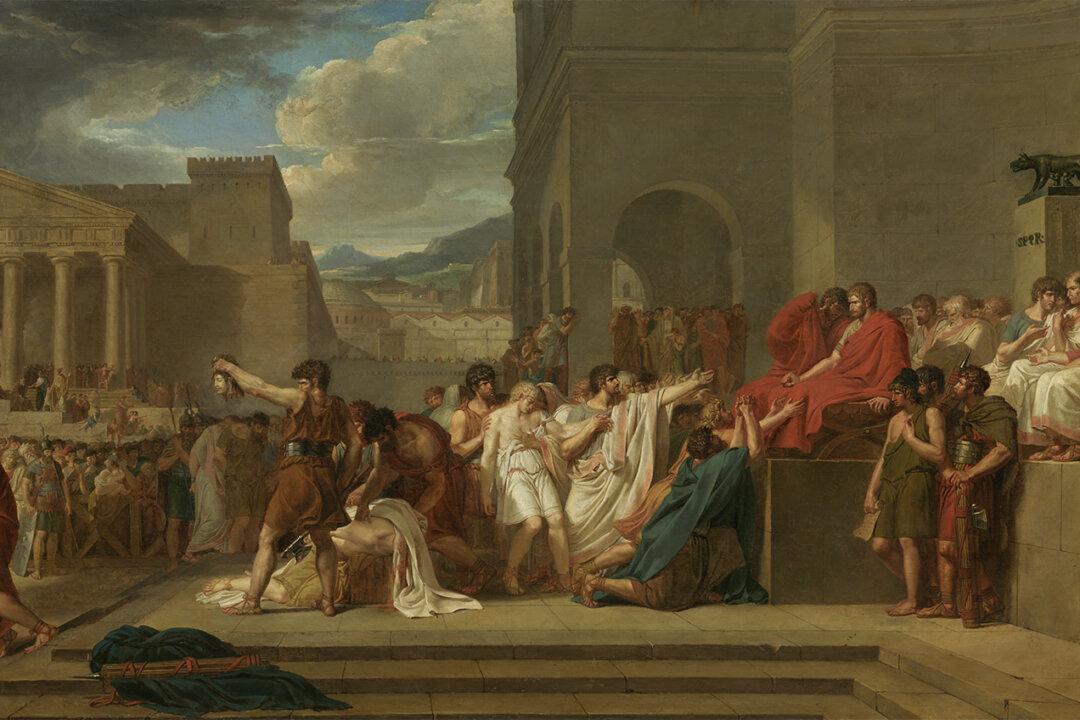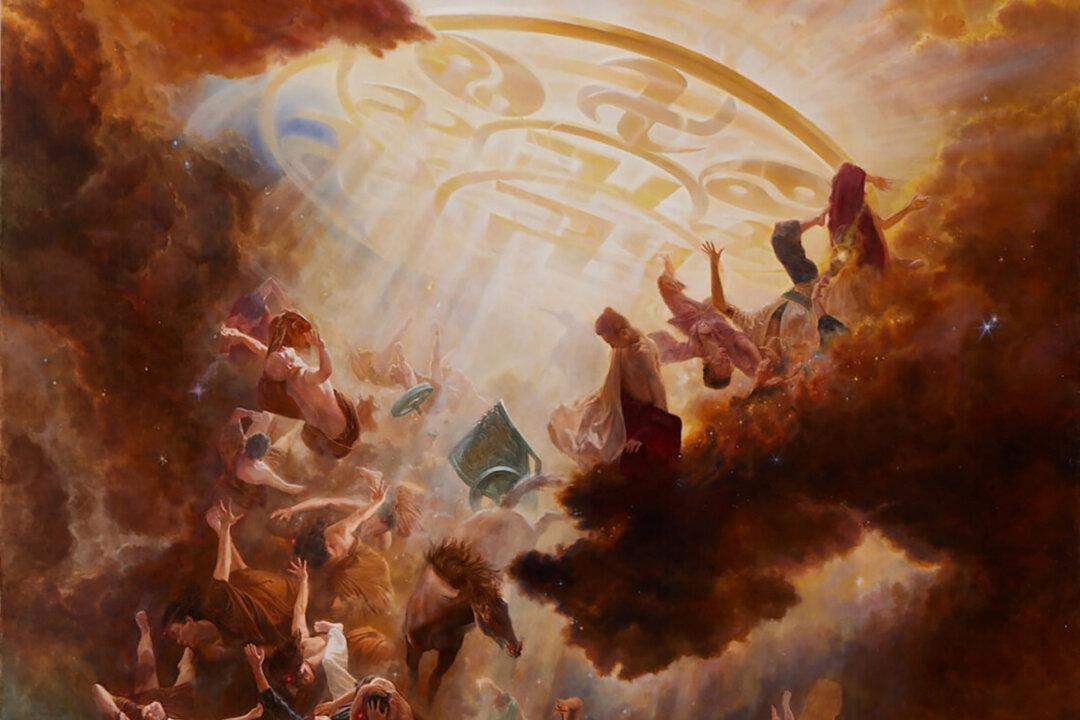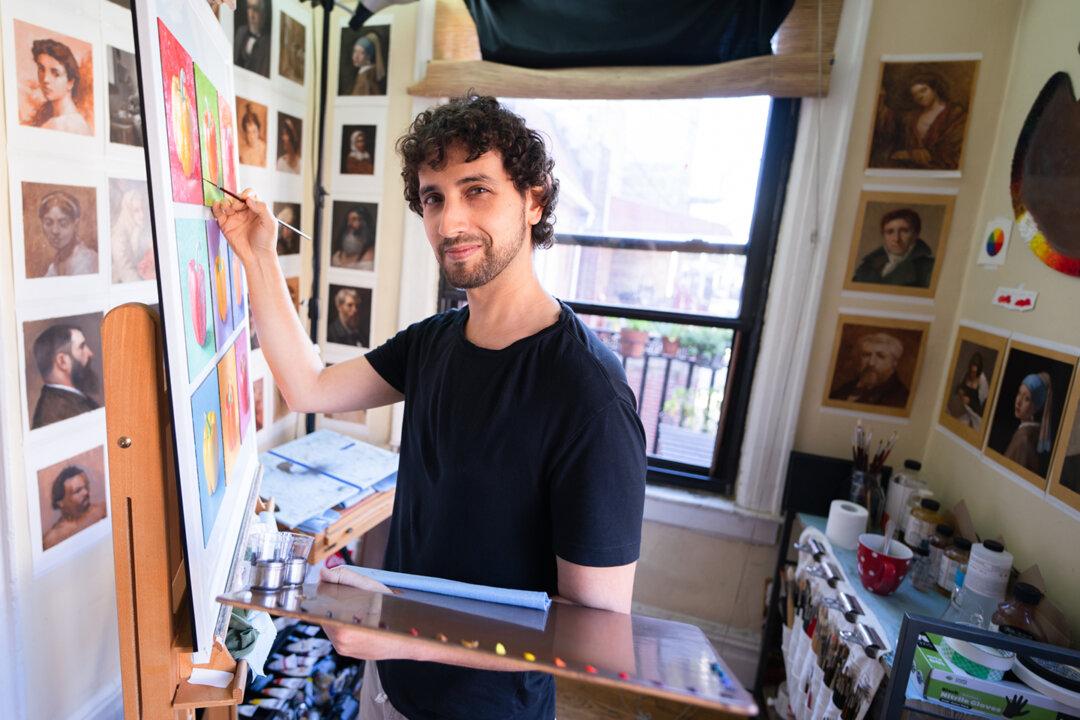“There is no holier place in the world than this,” declares a bold inscription on the central lintel of the Sancta Sanctorum. Nestled in the sprawling complex of the Basilica of St. John Lateran in Rome, the Sancta Sanctorum is known in Latin as the “Holy of Holies.” The private chapel is a rare, surviving piece of Gothic architecture in a building that is now largely defined by its Renaissance and Baroque renovations.
To many, the chapel’s claim to sanctity is not unfounded. Located in the traditional seat of the papacy and one of the oldest churches in Christendom, this small space is home to a great number of holy relics, collected by the Roman popes through the centuries and venerated by millions in the Catholic world.

